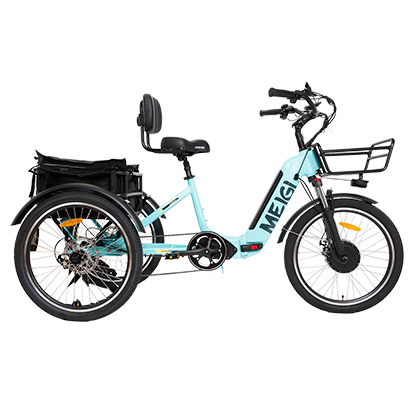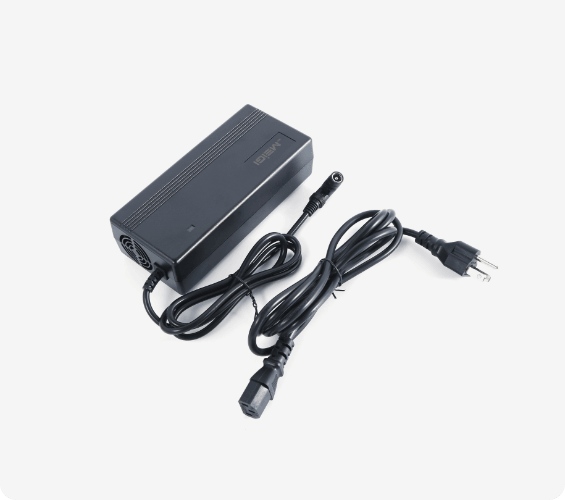- Riding can be a hazardous activity. Certain conditions may cause the equipment to fail without fault of the manufacturer. The product can and is intended to move, and it is therefore possible to lose control, fall-off and/or get into dangerous situations that no amount of care, instruction or expertise can eliminate. If such things occur, you can be seriously injured or die, even when using safety equipment and other precautions.
- Ride At Your Own Risk And Use Common-Sense. Failure To Use Common- Sense And Heed All Safety Warnings And Recommendations Increases Risk Of Injury. Use The Product Only With Appropriate Caution And Serious Attention To Safe Operation.
- Before riding on the road, take time riding in an enclosed area to familiaryourself with the controls and behaviour of an electrically assisted bicycle. Try all settings so you are familiar with the results.
- Before every ride, check bicycle condition and ensure that no fasteners are loose, particularly axles, pedals, seat and handlebars. Ensure that the tiresare inflated to within specification (printed on the tire sidewall), and that the brakes are operating correctly.

ARTEMIS 26'' STEP

- Maximum load capacity = 120kg.
- Understand and obey any local laws or regulations which may affect locations where the product may be used. Ride defensively.
- This product is manufactured for performance and durability but is not impervious to damage. Stunts or other aggressive riding can over-stress and damage the product, and the rider assumes all risks associated with how the product is looked after.
- Keep fingers and other body parts away from moving components.
- Always wear suitable protective equipment, such as an approved safety helmet (with chin strap securely buckled). A helmet may be legally required by local law or regulation in your area. Wear suitable footwear for bicycle riding and clothing that helps make you visible to others.
- Please read this instruction manual carefully before you ride the electric bike for the first time.
- Please always check the brakes prior to riding to make sure they are working correctly. Adjust the brake sensitivity if needed. Only ride at a speed that the conditions permit, for example, slow down on snowy or rainy days.
- Always hold the handlebars with both hands, except when you need notify others you are turning.

- Use a light at night, or when visibility is not good. If you are not able to see clearly with a light, do not attempt to ride your bike.
- Make sure your body and other objects do not come into contact with the chain or the wheels whilst they are moving.
- Never touch the charging connector on the battery case with your hands when they are wet, or with keys or other metallic objects, in case they damage the battery pole and cause a short circuit.
- Wear bright clothing to help make you visible to others when you are riding at night.
- Don’t lend the electric bicycle to anyone who doesn’t know how to operate it, or who haven’t read the manual.
- Like other cycles, it can only carry one person, carrying a passenger is not permitted.
- To brake, the rider must action both brake levers to the correct degree.
- Never ride the electric bike under the influence of drugs or alcohol.
- Do not ride under bad conditions, such as on uneven, wet or loose surfaces.
- If possible, do not ride in adverse weather conditions, low visibility or if you are very tired.
- This electric bicycle can be used in the rain; however, it must not be submerged in water or puddles. The controller, motor and other electrical devices may be short-circuited, causing damage and creating possible dangerous situations.
- Never spray your bike directly and don’t get the electrical components wet (the battery connector, motor, controller, cables, handlebar controls, etc)
- Don’t let children under the age of 10 ride the bike.
- ONLY use the charger which was provided (never use a charger from a different model).
- The charger is designed for indoor use only. Keep the charger away from water to avoid short circuit. Don’t even use it in a dampening, combustible or explosive environment. Do not remove the plug by pulling the cord, always grip the charging port by its metal body.
- Never modify the electrical system. Alterations could cause a fire resulting in serious injury and could also damage the electrical system.
- Ensure the voltage and frequency of the charger is compatible with mains electrical supply.
- Use the battery charger in dry locations only.
- Regularly check the charger for damage to the electrical cord, plug, enclosure and other parts. If any damage or malfunction occurs, do NOT use the charger until repaired or replaced.
- Do not operate the charger or charge batteries near flammable materials.
Do not clean or perform any maintenance on the product when it is being charged.











